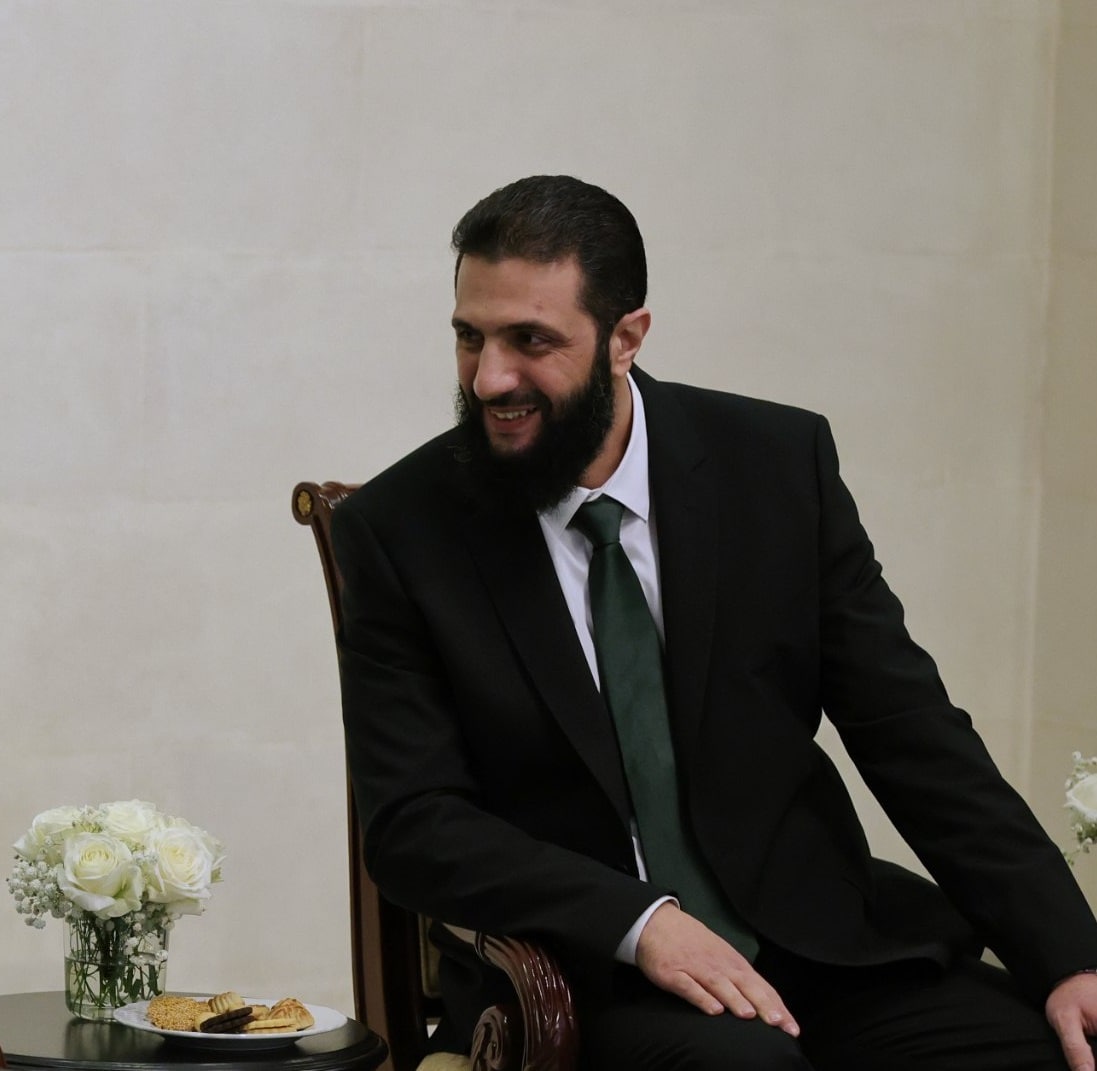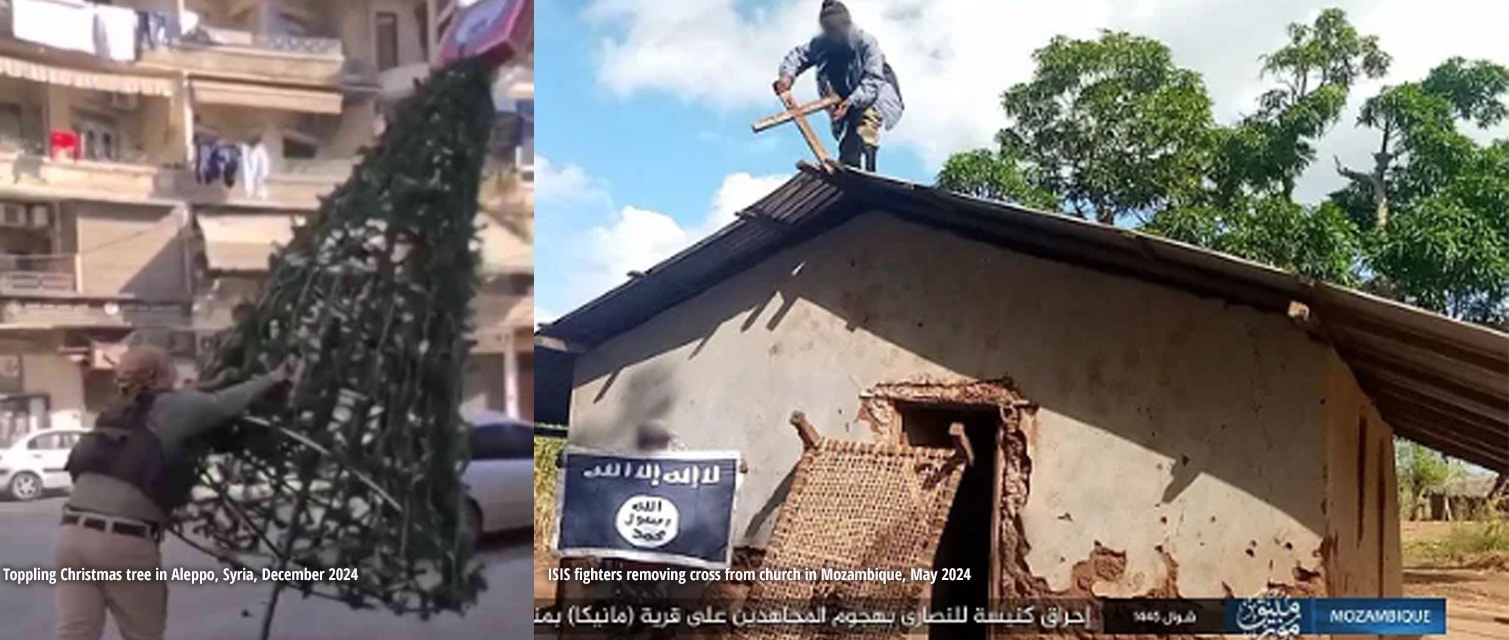The following report is now a complimentary offering from MEMRI's Jihad and Terrorism Threat Monitor (JTTM). For JTTM subscription information, click here.
On July 11, 2024, the Islamic State (ISIS) released Issue 451 of its weekly Al-Naba' newsletter. The issue featured an infographic detailing the group's most prominent operations of the previous Hijri calendar year, which ran from July 19, 2023 to July 7, 2024.[1]
Earlier, on July 1, 2024, the Islamic State's (ISIS) media arm, A'maq News Agency, released a poster tallying attacks carried out by ISIS operatives around the world during the first half of 2024.[2]

1,258 Operations
According to the infographic, ISIS carried out a total of 1,258 attacks in 16 countries across ten wilayat [ISIS-designated provinces], including the March 2024 Crocus City Hall massacre in Moscow,[3] the January 2024 attack targeting visitors of Qassem Soleimani's mausoleum in Iran's southeastern city of Kerman,[4] and the attack against a Roman Catholic church in Istanbul, Turkey,[5] also in January 2024.
The infographic shows that the attacks included 255 IED detonation attacks, 612 assaults and clashes, 90 assassinations, 92 ambushes, 14 suicide attacks and inghimasi [commando-style attack behind enemy lines] operations, 12 blasts using roadside bombs, and 177 miscellaneous attacks. In all, ISIS killed and wounded a total of 5,909, among them 81 commanders and officers.
The infographic further categorizes casualties as 1,920 Christians, 935 Iraqi, Syrian, and Afghan Shi'ites, and the remaining 2,973 as "infidels and apostates," referring to casualties in Syria, Somalia, the Sahel, Afghanistan, and Pakistan.
Casualty Toll
The largest number of attacks and victims was in ISIS's "West Africa Province" (ISWAP), generally referring to Nigeria, with 433 operations and 1,057 killed or wounded there; then Central Africa Province (ISCAP), generally referring to the Democratic Republic of Congo (DRC), with 994 killed and wounded in 183 operations there.
The Sahel region follows, with 889 killed and wounded and 90 operations; Syria with 649 killed and wounded and 210 operations; Afghanistan with 635 killed and wounded and 41 operations; Mozambique with 241 killed and wounded and 97 operations; Iraq with 187 killed and wounded and 112 operations; Somalia with 187 killed and wounded and 18 operations; East Asia Province (ISEAP) with 139 killed and wounded and 29 operations; and Pakistan with 108 killed and wounded and 15 operations.
The high-casualty Moscow and Kerman operations, with 500 and 303 casualties, respectively, are highlighted separately in the infographic.
The infographic also highlights material losses as a result of ISIS attacks, saying the group's operatives set fire to 1,565 houses and farms, 46 barracks and military outposts, and 30 churches, in addition to disabling 371 vehicles. Additionally, ISIS operatives took 54 people as prisoners, seized 59 vehicles, and downed four aircraft, including "one helicopter and unmanned drones."
ISIS Leadership Remarks
To conclude, the infographic cites an excerpt from the March 28, 2024, audio address by ISIS spokesperson Abu Hudhayfah Al-Ansari, saying: "A decade has passed, and the Caliphate's [Islamic] State continues to fight all tyrants, and never differentiated between one and another, and it never engaged in the game of un-Islamic camps and alliances, as many groups that have veered off course did."
The full text of this post is available to subscribers.
Please login or register to request subscription information from MEMRI





